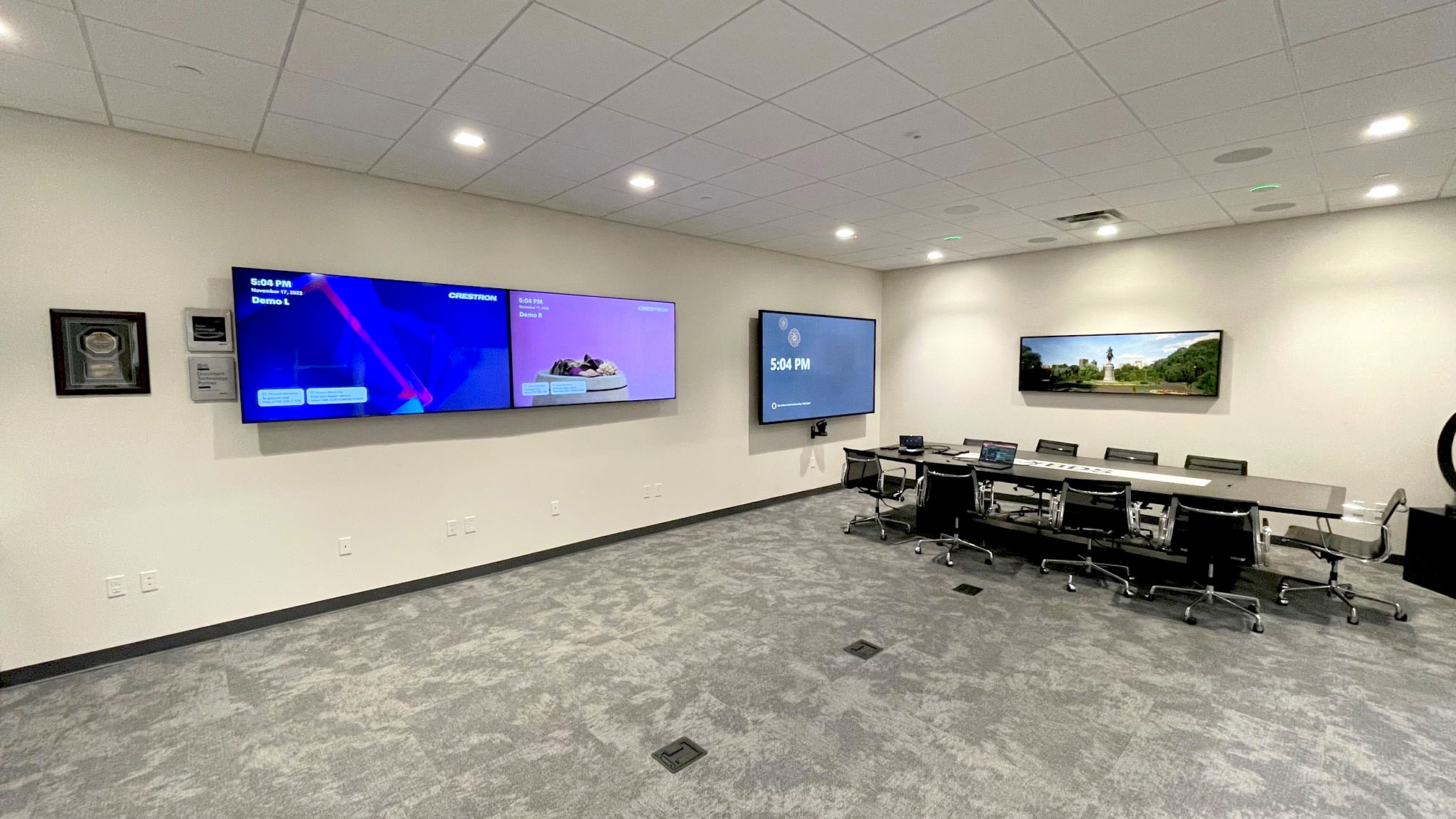Revolutionizing Broadcasting through Cutting-edge Audio via IP Technologies for a Connected Future
Revolutionizing Broadcasting through Cutting-edge Audio via IP Technologies for a Connected Future
Blog Article
This world of broadcasting is undergoing a significant shift due to innovative audio via IP (AoIP) technologies. These advancements are changing the way audio content is created, delivered, and received. Audio over IP refers to the approach of transmitting audio signals over a digital system, using Internet Protocol (IP) instead of traditional analog methods. This transition not only enhances the quality of audio delivery but also provides media professionals with greater freedom and authority over their programming.
A single key benefit of audio over IP technology is its ability to connect various devices and technologies seamlessly. Traditional broadcasting frequently relied on complex cabling and physical links, which could be burdensome and limited. With AoIP, broadcasters can readily interface microphones, mixers, and additional equipment through a common infrastructure. This integration allows for off-site broadcasting and live streaming from virtually any place, making it easier to connect with audiences across the globe. As a consequence, broadcasters can respond quickly to current issues and listener demands, leading to more vibrant and engaging content.
Additionally, AoIP systems facilitates superior audio standards that enhance the auditory encounter. In contrast to traditional broadcasting techniques, which may compromise sound quality, audio over IP can maintain the purity of the audio stream during the visit this website delivery procedure. This means that listeners can enjoy clearer and richer sound, whether they are tuning in via radio, streaming over the internet, or employing portable devices. The capability to provide premium audio is especially important for music and discussion programs, where every nuance matters to the audience.
Moreover, the adoption of audio over IP systems can lead to cost savings for media companies. By leveraging existing infrastructure systems, companies can remove the need for costly hardware and extensive cabling. This not only reduces initial costs but also lowers maintenance expenses over time. Broadcasters can allocate resources more efficiently, investing in content creation and human resources growth. As a consequence, the entire media industry can gain from enhanced creativity and creativity, as financial resources are redirected toward improving programming and engaging with audiences.
In conclusion, the shift towards audio over IP technologies is transforming the broadcasting landscape. By enabling seamless connections, enhancing audio quality, and reducing costs, AoIP is clearing the path to a better connected future in media. As broadcasters continue to adapt to these changes, they will be better equipped to meet the needs of their listeners, produce captivating programs, and stay competitive in an constantly changing industry. The future of broadcasting is bright, and audio over IP will play a crucial role in shaping how we experience audio content in the future to follow.